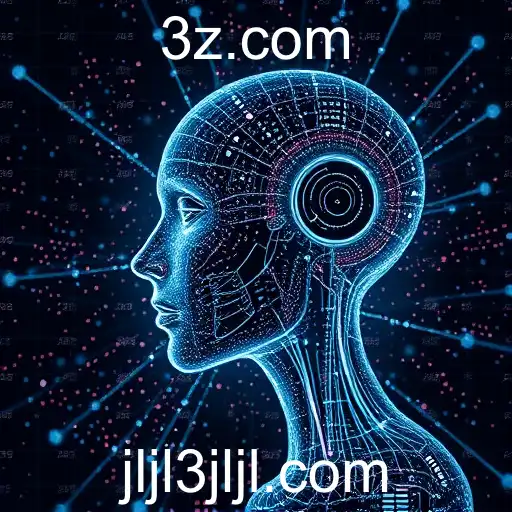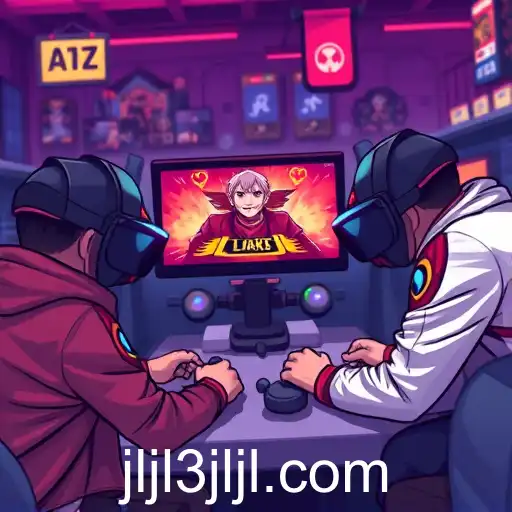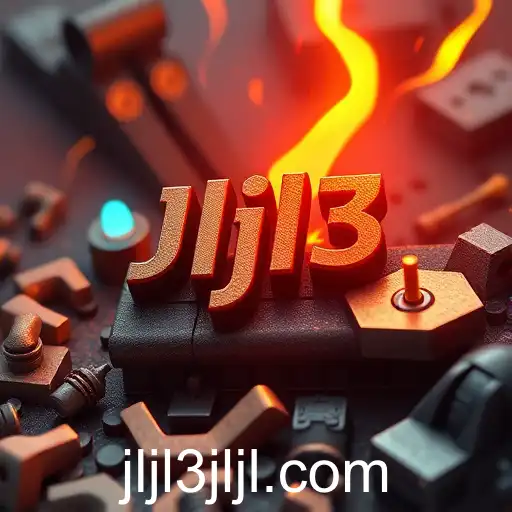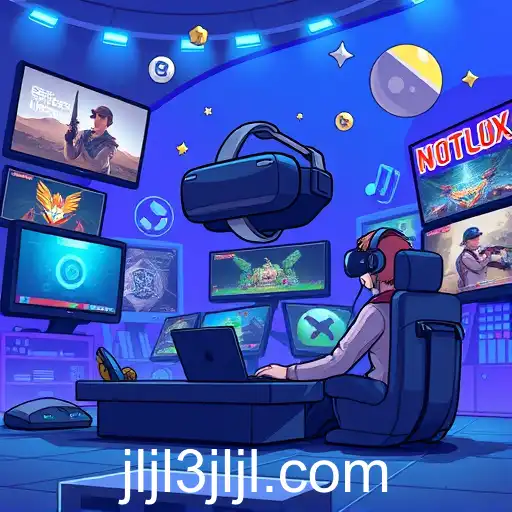Jljl3 | The Rise of AI-Generated Art: Creativity in the Digital Age

The art world is no stranger to reinvention, but recently it has witnessed a thrilling development with the rise of AI-generated art. As technology continues to advance, artificial intelligence is progressively becoming a collaborator in the artistic process, challenging traditional perceptions of creativity and originality.
AI art, created through algorithms and machine learning, offers a new canvas for artists to explore. This dynamic fusion of technology and artistry is making a significant mark on the cultural landscape, propelling debates over authorship, the essence of creativity, and the value of art. At the forefront of this movement are platforms like OpenAI's DALL-E and DeepArt, which provide tools for non-artists and professionals alike to synthesize visually compelling pieces based on textual descriptions or simple inputs.
One of the most profound impacts of AI in art is democratization. By enabling wider access to creative tools, individuals without formal art training can produce works that rival those created by experienced artists. This paradigm shift challenges the exclusivity traditionally associated with art creation, fostering inclusivity and diversity in artistic expression.
However, this transformation is not without controversy. Critics argue that AI-generated art lacks the soul and emotional depth inherent in human-created works. The central question of "Can a machine truly create art?" persists amongst skeptics who view AI as a mere replicator rather than a genuine artistic force.
Moreover, AI art raises ethical concerns regarding copyright and intellectual property. As artworks generated by AI become increasingly sophisticated, determining ownership rights becomes complex. Legal systems worldwide are beginning to grapple with these issues, seeking to protect both human and AI creators.
Despite these challenges, the potential of AI in expanding the boundaries of creativity is undeniable. Many in the art community see AI not as a threat but as an opportunity — a new tool to inspire and augment the human creative process. With AI's ability to analyze vast datasets for inspiration, artists can discover innovative styles and reinterpret traditional methods in unprecedented ways.
As 2025 progresses, the cultural and technological landscape will undoubtedly continue to evolve. The integration of AI in art is expected to grow, leading to more interconnectedness between disciplines and pushing the forefront of what is possible in artistic creation. Whether viewed as a boon or a bane, AI's influence on art is a testament to the dynamic interplay between technology and social evolution, promising a future where creativity knows no bounds.


The Rise of Online Gaming Communities
Exploring the evolution of online gaming communities in 2025, focusing on the rising popularity of platforms like Jljl3.

Gaming Landscape Transformed by Online Platforms
Exploring how online gaming platforms have transformed the gaming industry and community dynamics.

Reviving Classics: The Rise of Online Retro Gaming
Exploring the resurgence of retro gaming in 2025 and how Jljl3 becomes a pivotal hub for enthusiasts.

Emerging Trends in Online Gaming for 2025
Exploring the latest developments in the online gaming industry, driven by keywords and new technologies.







